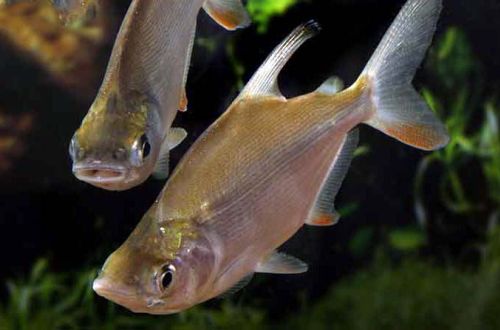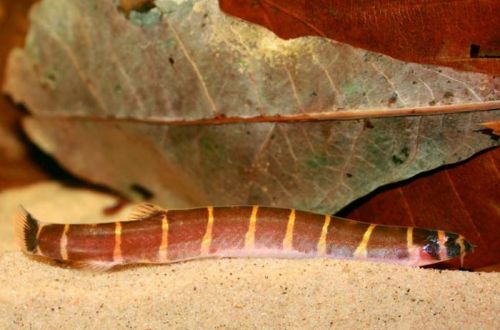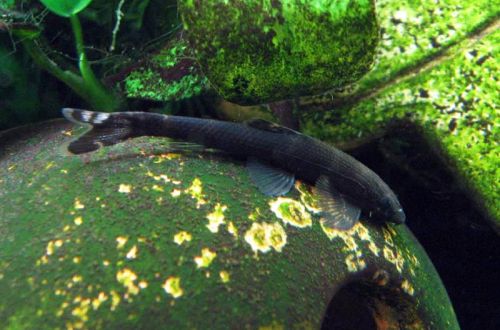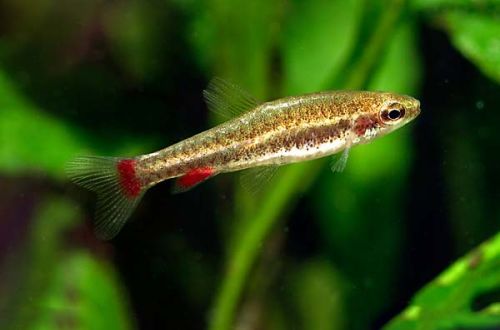
Citarinus
The citharinus, scientific name Citharinus citharus, belongs to the family Citharinidae (Citaninaceae). Widely distributed in the river systems of Africa in the tropical and equatorial belt. First of all, it is considered a commercial rather than an aquarium fish, therefore it is rarely found on sale.
Contents
Citarinus
 The citharinus, scientific name Citharinus citharus, belongs to the family Citharinidae (Citaninaceae)
The citharinus, scientific name Citharinus citharus, belongs to the family Citharinidae (Citaninaceae)

Description
Adults reach 50–60 cm in length and weigh 7 kg. The fish have a high laterally compressed body and a large head. The main color is solid silver. The edges of the tail, ventral and anal fins are reddish. Young fish have dark stripes on their bodies that help them hide from predators in thickets of aquatic plants.
Behavior and Compatibility
Peaceful calm fish. Not conflict, get along with relatives and other large species. It is worth remembering that smaller fish can become an accidental victim.
Brief information:
- The volume of the aquarium – from 500 liters.
- Temperature – 22-28°C
- Value pH — 6.5–7.5
- Water hardness – 5–20 dGH
- Substrate type – any
- Lighting – subdued, moderate
- Brackish water – no
- Water movement is weak
- The size of the fish is up to 60 cm.
- Nutrition – plant-based feed
- Temperament – peaceful
- Content alone or in a group
Maintenance and care, arrangement of the aquarium
First of all, Cytarinuses need spacious aquariums from 500 liters for one fish. Formatting is not essential. Fish feel best in subdued lighting conditions among shelters made of large snags or other natural or artificial decor.
The equipment of the aquarium should correspond to its size. The filtration system is of key importance; it must be productive, but at the same time not create excessive flow.
Food
In nature, they feed on periphyton – a colony of hydrobionts from plants and microorganisms growing on the surface of stones and snags. It is problematic to grow such food in a home aquarium, so any popular sinking food can become the basis of the diet. A good choice would be products used on fish farms when growing carp, trout.





